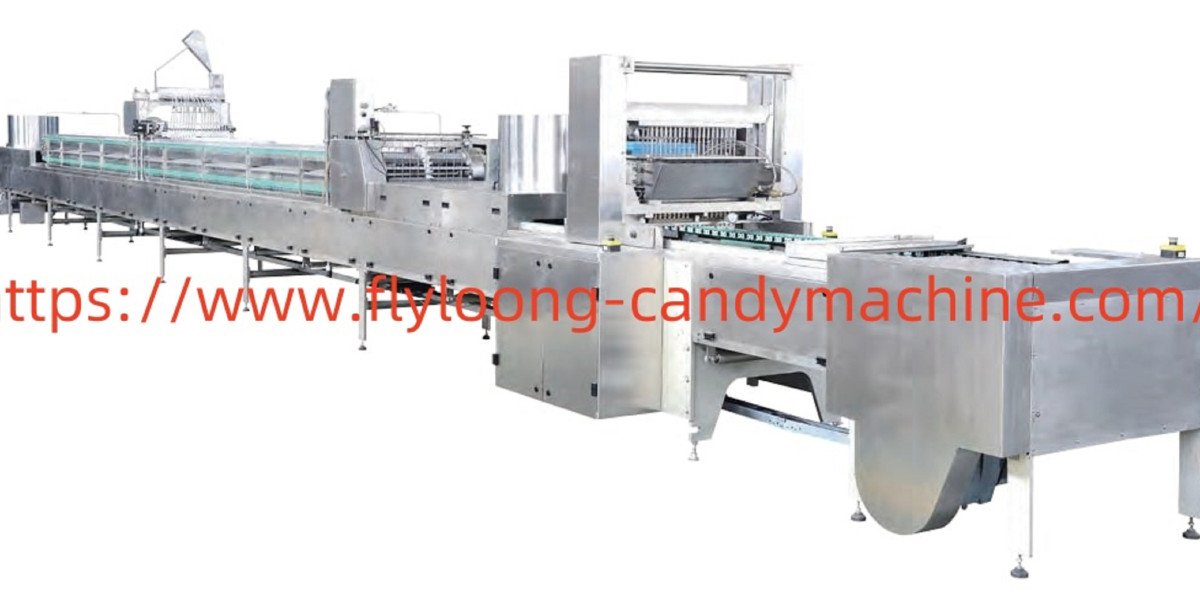The Flexible Printed Circuit Board Industry is experiencing significant growth, driven by increasing demand for compact, lightweight, and flexible electronics across various industries. Flexible printed circuit boards (FPCBs) offer advantages such as high-density interconnection, lightweight design, and the ability to bend, making them ideal for a wide range of applications, including consumer electronics, automotive, healthcare, and telecommunications.
Key Market Drivers
Demand for Miniaturized and Flexible Electronics
As consumer electronics continue to evolve towards smaller, more efficient devices, the need for flexible printed circuit board material and advanced manufacturing techniques is rising. FPCBs are increasingly used in smartphones, wearable devices, and other compact gadgets.Technological Advancements in PCB Manufacturing
Innovations in flexible printed circuit board manufacturers and materials are enabling the production of more reliable, high-performance FPCBs. The development of rigid flexible printed circuit board solutions is particularly important for applications where both flexibility and strength are required.Integration with Emerging Technologies
The flexible printed circuit board industry is benefiting from innovations in related sectors, such as the China Mid Wave Infrared (MWIR) Sensors Market and the Canada Security Cameras Market, where FPCBs are essential for sensor integration and efficient data transmission.
Market Segmentation
By Type: Single-sided, double-sided, multi-layer, and rigid-flex.
By Application: Consumer electronics, automotive, telecommunications, healthcare, and industrial automation.
By End-User: OEMs, contract manufacturers, and design houses.
Consumer electronics and automotive sectors dominate the FPCB market due to their growing demand for lightweight, high-performance, and space-saving circuit boards.
Regional Insights
The Asia-Pacific region, particularly China, is the largest market for FPCBs, followed by North America and Europe. In Italy, the demand for FPCBs in the automotive and medical sectors is witnessing steady growth, with Italy being a key player in European FPCB production.
Future Outlook
The Flexible Printed Circuit Board Industry is poised for strong growth, with increasing demand for miniaturized electronic devices, wearable technology, and innovations in automotive systems. The market will continue to expand as FPCBs find new applications in the Internet of Things (IoT), medical devices, and consumer electronics.
FAQs
Q1: What are the main applications of Flexible Printed Circuit Boards?
A1: FPCBs are used in consumer electronics, automotive, telecommunications, healthcare, and industrial applications, including smartphones, wearable devices, medical equipment, and automotive systems.
Q2: What are the benefits of using Flexible Printed Circuit Boards?
A2: FPCBs offer advantages such as flexibility, lightweight design, high-density interconnection, and space-saving capabilities, making them ideal for miniaturized electronic devices.
Q3: What is the difference between rigid-flex and flexible printed circuit boards?
A3: Rigid-flex printed circuit boards combine the flexibility of FPCBs with the rigidity of traditional PCBs, offering more durability and versatility for complex applications, while traditional FPCBs are fully flexible and often used in compact, lightweight devices.








